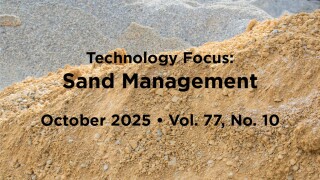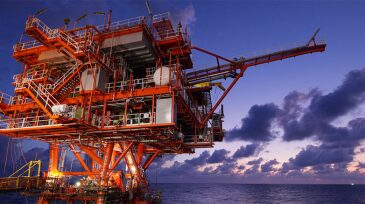Sand management/control
Aurora Innovation and Detmar Logistics have inked a deal for 30 autonomous trucks that will begin hauling sand in the region next year.
This paper describes an automated workflow that helps mitigate sanding caused by excessive drawdown by determining the minimum tubinghead pressure.
As reservoirs become more complex and economics tighter, the industry is shifting toward more-adaptive, data-informed, and targeted solutions. New research highlights innovative solutions that not only address technical limitations in existing designs but also enhance decision-making through digitalization and cross-disciplinary integration. The papers highlighted her…
-
This work is a study of collapse pressure of perforated pipes to evaluate the effect of lateral perforations on the radial resistance of pipes under external pressure.
-
Oil and gas producers in the Gulf of Thailand face unique technical challenges. This review of papers illustrates some of the innovative solutions used in the region.
-
A closer look at technological and mechanical solutions being developed to limit exposure to respirable silica dust during hydraulic fracturing operations in the wake of US government regulations.
-
A look at techniques and technologies aimed at mitigating erosion issues from produced sand.
-
Operators continue to look to prolific high-permeability, clastic reservoirs in basins around the world. The use of high-deviation and horizontal well trajectories in these fields improves productivity but increases the challenges of sand control.
-
Could the development of consistent practices be a critical first step on our journey toward achieving improvements in completion quality? The list of practices is quite long. For sand-control applications, we could start with those activities that occur early in the design process.
-
Multilayered metal-mesh screens (MMSs) are widely used as standalone screens for sand control in unconsolidated formations. It is often found that screens with the same filter-layer nominal rating perform differently.
-
This paper presents a combined experimental and numerical-modeling study on sand-screen performance. The objective is to develop an improved methodology for optimal sand-screen-aperture selection by addressing some of the limitations present in existing sand-retention tests.
-
In this paper, gravel-pack pore size is evaluated further by use of the permeability of the gravel pack and other methods. A new sizing method is proposed that is based on the effective formation size and the gravel-pack pore size.
-
An integrated approach to sand management is crucial to address sanding risk in producers and injectors in a North Sea mature field.













